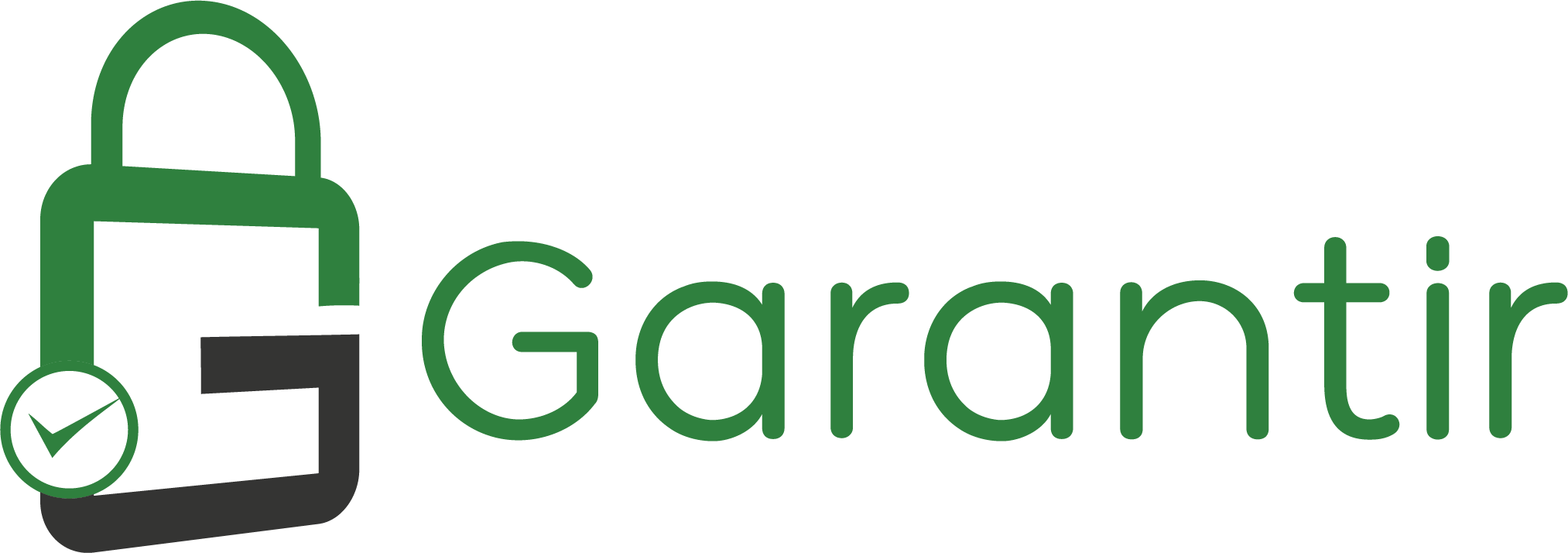60 Percent of Enterprise Organizations will Adopt a Responsible AI Framework for HR Technology......
According to Gartner, by 2025, 60 percent of
enterprise organizations will adopt a responsible AI framework for their HR
technology and achieve greater employee experience and trust in the
organization. With this rapid adoption of AI, the Gartner Hype Cycle for HR
Technology, 2024 shows the trending innovations include AI in HR, AI-enabled
skills management, including internal talent marketplaces and HR virtual
assistants (HRVAs).
Covering over 30 emerging innovations, the Hype Cycle for HR
Technology, 2024 is an essential tool to evaluate and prioritize new technology
investments and differentiate between hype and reality (see Figure 1). The Hype
Cycle presents the latest innovations, providing insights on maturity levels of
the various emerging technologies.
"This year's Hype Cycle reflects limited 'new'
innovations as the hype around GenAI has meant that organizations aren't making
major investments in other areas," said Jeff Freyermuth, Director Analyst,
Gartner HR practice. "Most of these innovations haven't lived up to their
overinflated hype. However, they also require behavioral and cultural changes
that take time, meaning HR leaders should take a targeted, agile approach when
implementing new technology."
The top three trending innovations
in 2024 include:
AI in HR
AI can be leveraged across the HR function to provide predictive insights,
make recommendations, infer information, generate text or provide a
conversational user interface. While previous and current AI capabilities
are built into or bolted onto a broad range of HR applications, a new
generation of tools are AI-native. These advances are transforming user
expectations when interacting with HR solutions, and HR solutions without
AI will increasingly lag in the market.
With so much attention on AI, AI in HR is at the Peak of Inflated
Expectations. Therefore, HR leaders need to make sure they focus AI
investments on automating tasks, transforming experience or providing
insights for employees, managers, executives and HR.
AI-Enabled Skills Management and Internal Talent Marketplaces
AI-enabled skills management is at the Innovation Trigger of the Hype
Cycle. It applies natural language processing, knowledge graphs and other
AI techniques to build a dynamic representation of skills data. HR leaders
can use skills data to: automatically tag and recommend learning content;
more easily find and connect with experts across teams; propose career
development options; and match talent to job opportunities.
"More dynamic skills data transforms how organizations manage their
workforce," said Helen Poitevin, Distinguished Vice President Analyst,
Gartner HR practice. "In times of uncertainty, HR functions that can
effectively leverage AI-enabled skills management technology can adapt more
quickly and be more competitive in how they acquire and deploy
talent."
Internal Talent Marketplaces (ITMs) are intelligent platforms that match
workers to work and to development opportunities without human resources
involvement. They are at the Peak of Inflated Expectations. One of the
obstacles is the lack of cultural readiness for more dynamic and adaptive
organizational models and project- or gig-based work.
"ITMs provide valuable insight into skills present in the organization
and provide workers with equitable insight into available growth
opportunities. They are key to enabling adaptability, resilience and
experiential learning," said Emi Chiba, Senior Principal Analyst,
Gartner HR practice. "HR leaders should look to pilot ITMs within
business units that use adaptive or agile organization models, or work with
progressive talent management leaders ready to deliver agile skills
development."
HR Virtual Assistants
HRVAs are software applications that work with human voice (or text)
commands to assist employees in completing HR tasks or requests. These
assistants are transitioning from the Peak of Inflated Expectations to the
Trough of Disillusionment. HR tasks can be time-consuming and confusing for
employees, managers and new HR team members, however, HRVAs can lessen this
burden.
HRVAs can significantly reduce the time it takes to get support,
information and complete HR tasks; enhancing HR process efficiency not only
increases the value of HR interactions, it also creates a better employee
experience. HRVAs currently lag behind the overall market in supporting
advanced use cases. The benchmark set by consumer applications or publicly
available chatbots is difficult to match in the near term. In order to
drive greater employee adoption rates of multiple HRVAs, HR leaders should
consider creating a unified user interface. |
|
|































Leave A Comment